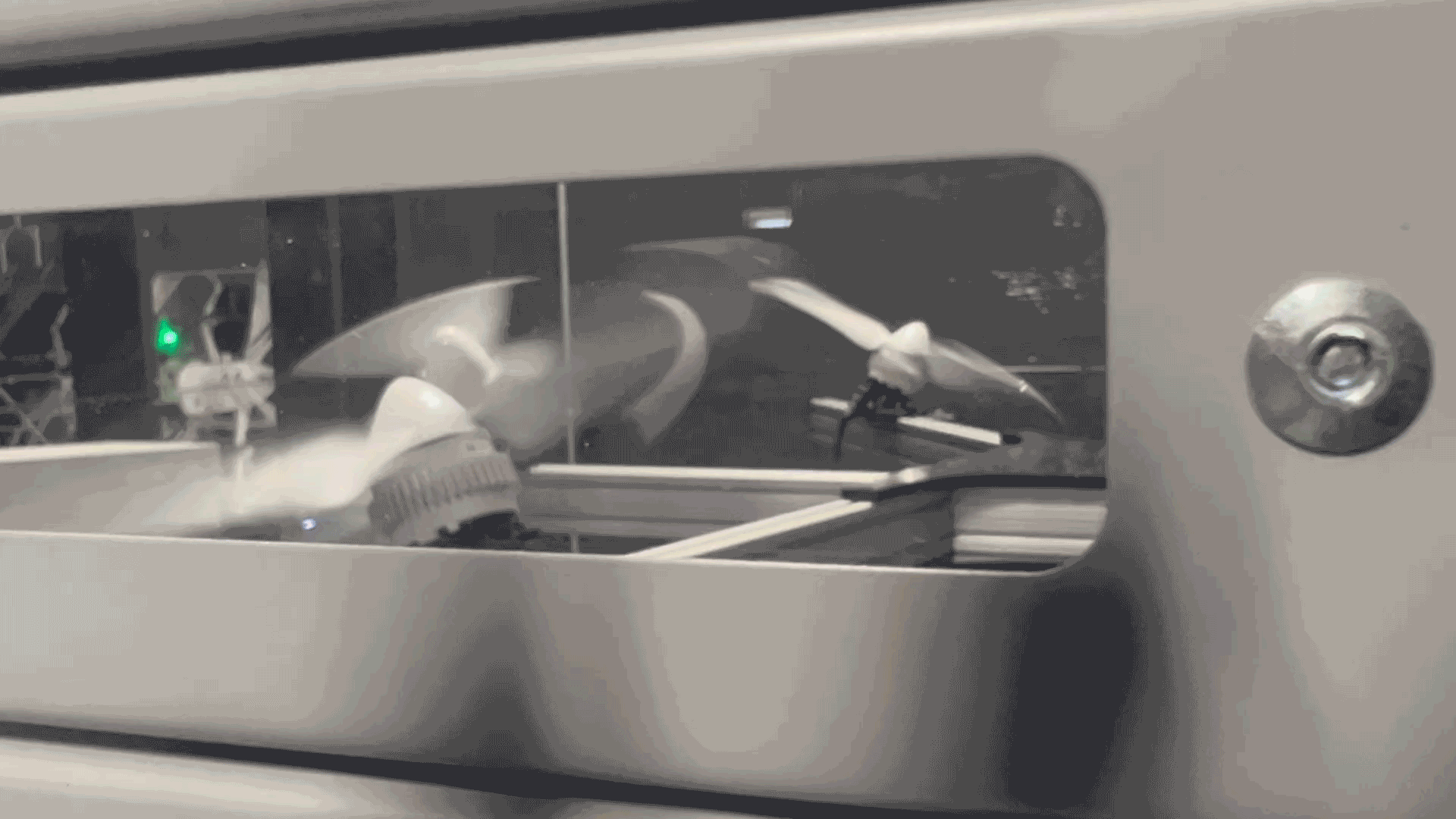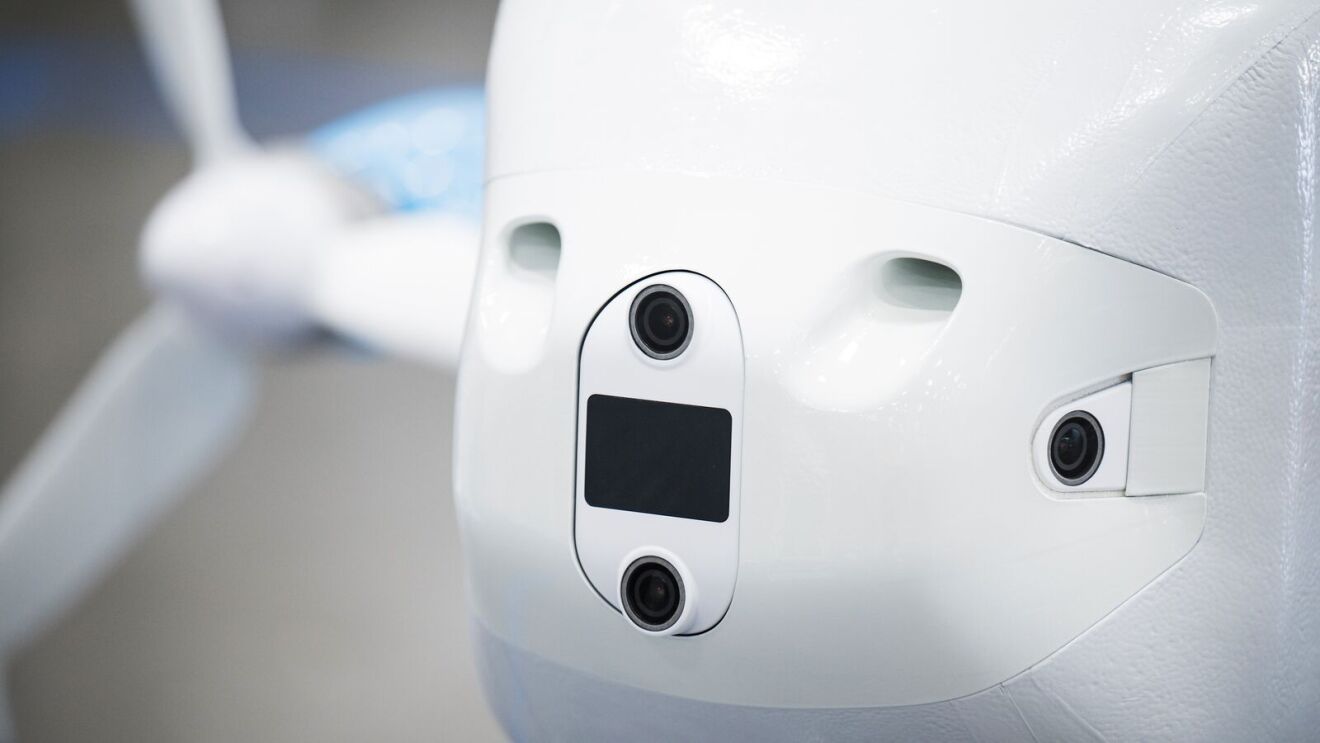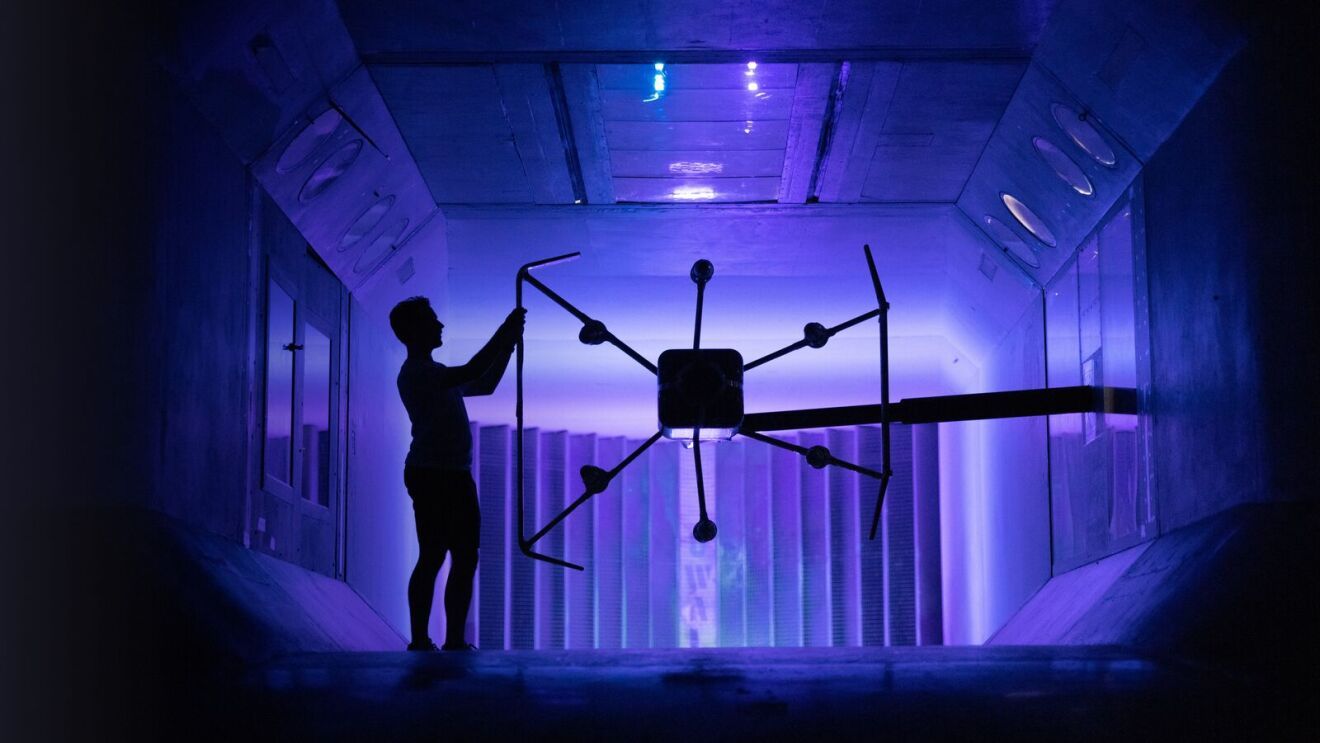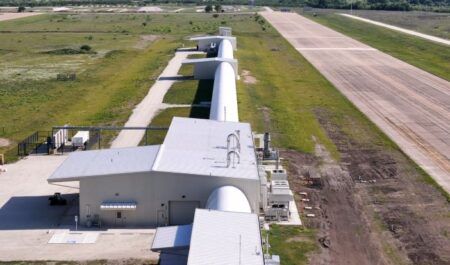Amazon has conducted the first test flights of its MK30 delivery drone in Italy after its approval by the USA’s FAA during October.
The online retailer has been offering its Prime Air drone delivery service in Lockeford, California, and College Station, Texas, USA since 2022. It received FAA certification for the MK30 and expanded the Prime Air service to Tolleson, Arizona last month.
The company plans to launch in Italy and UK before the end of 2024.
The trial in Italy was done on 4 December in the town of San Salvo in the central Abruzzo region, deploying its new MK-30 drone, Reuters reported.
The unmanned MK30 operates beyond visual line of sight (BVLOS) with a range of 24km (15 miles), twice that of its predecessor the MK27 and can deliver packages of up to 2.2kg (5lbs). According to Amazon about 90% its products weigh less than this.
Engineers in Amazon’s Prime Air business built the MK30 in two years from a blank slate.
“It is the first drone we have developed from the ground up using a requirements-based process including more stringent requirements that will allow us to eventually reach a half billion customers annually,” said Stephen Wells, chief project engineer for the Prime Air team. “We designed it with aerospace levels of reliability and redundancy.”
The MK30 uses a detect and avoid system, propellers tweaked to reduce noise, and redundant flight-critical systems that ensure no single point of failure can cause loss of control of the drone.

Rain and noise testing
The development team tested the drone for basic flight functions to validate their aerodynamic and flight control models over eight months before demonstrating the production version of the aircraft using the full production hardware and software for regulatory approval.
Ensuring the MK30 could operate safely in light rain was one of the key attributes the Prime Air team tested during the development process. To test this, engineers submerged spinning motors in water and sprayed the drone with water from different angles and at different pressures to prepare it for in-flight precipitation.

Reducing noise was another priority during development. By experimenting with various propeller designs, the Prime Air engineers lessened the MK30’s perceived volume by almost half compared to earlier Amazon drones.
“When you watch the drone take off and transition for forward flight at transit altitude, it does it seamlessly and disappears into the soundscape,” Wells said. “That’s going to be key for having this drone welcomed into backyards as people gain confidence in the technology.”
During the delivery descent, the MK30 detect and avoid system uses cameras to detect and navigate around obstacles like trampolines or clotheslines that may not have been captured in satellite imagery using cameras. The system is also used in-flight to assess whether the drone should make evasive manoeuvres to avoid other aircraft that may enter the drone’s vicinity.

The perception system uses advanced machine learning algorithms trained to accurately identify objects like humans, animals, obstacles, and other aircraft.
A separate monitoring computer tracks the primary flight control algorithm and if it detects anomalies mid-flight, it can immediately transfer control to a backup controller and trigger a safe return-to-home sequence.
“The machine learning and the trained algorithms that we produced for the perception system are cutting-edge,” Wells said, “But, it takes the whole integrated system to achieve our safety objectives. The redundant navigation and control system, and the health monitoring system, are industry-leading.”
Testing phases
The MK30 drone accumulated 1,070 flight hours during more than 6,300 flights, moving from tethered flight, then flying in a caged area, and finally an untethered outdoor flight during development.
The final outdoor phase was monitored by the FAA at Amazon’s drone testing site in Pendleton, Oregon. The flight test campaign culminated in 360 hours of FAA certification flights.
The MK30 received FAA approval to begin operations to customers in October. The approval includes the ability to fly BVLOS, from the first day of operation at a new location.

Amazon has called the MK30’s operational certification a “huge milestone”. It aims to have drones deliver 500 million packages globally by the end of the decade.
The company began developing and testing drones around 10 years and made its first delivery by drone in 2016 in Cambridge, UK.





